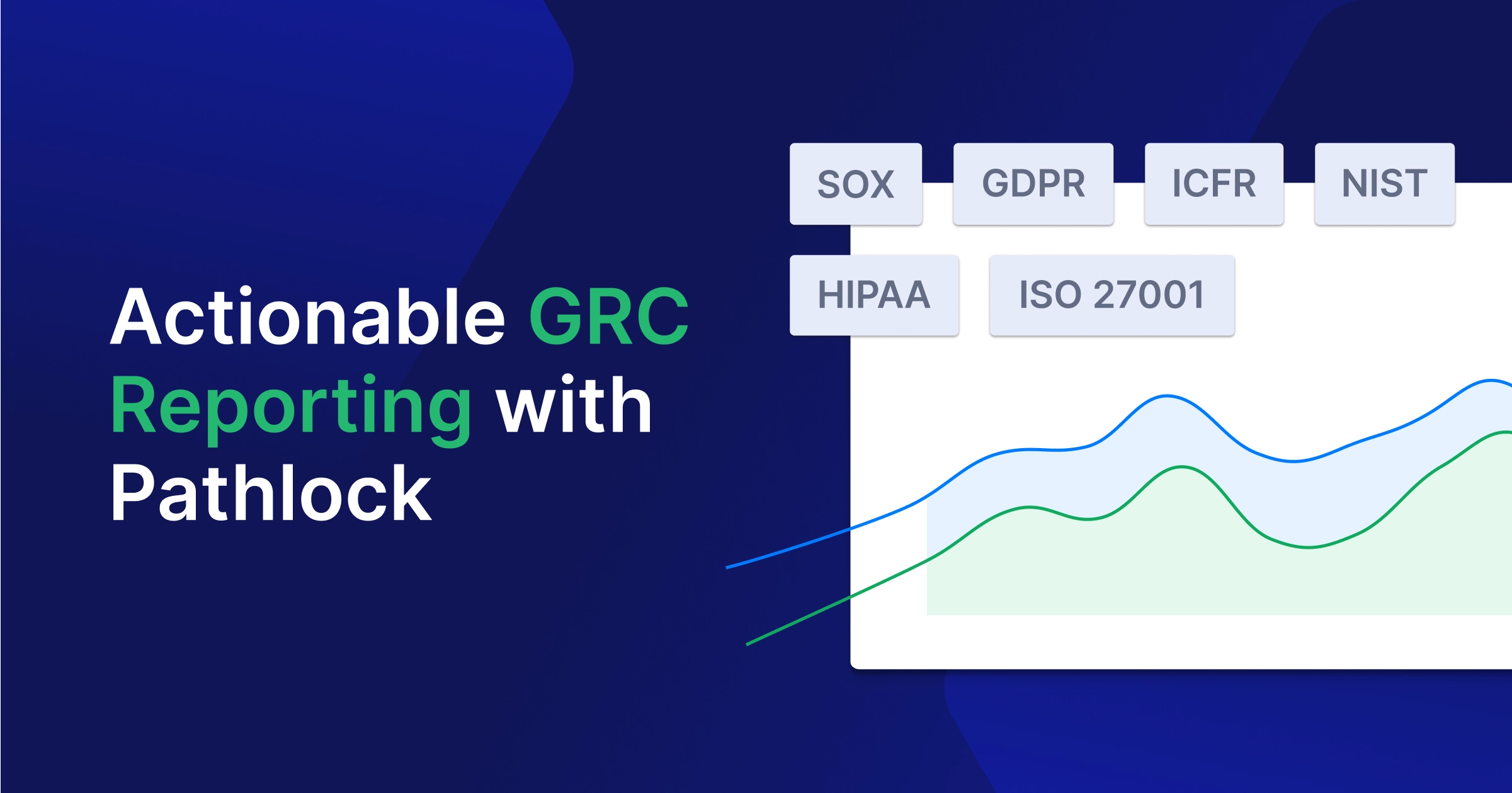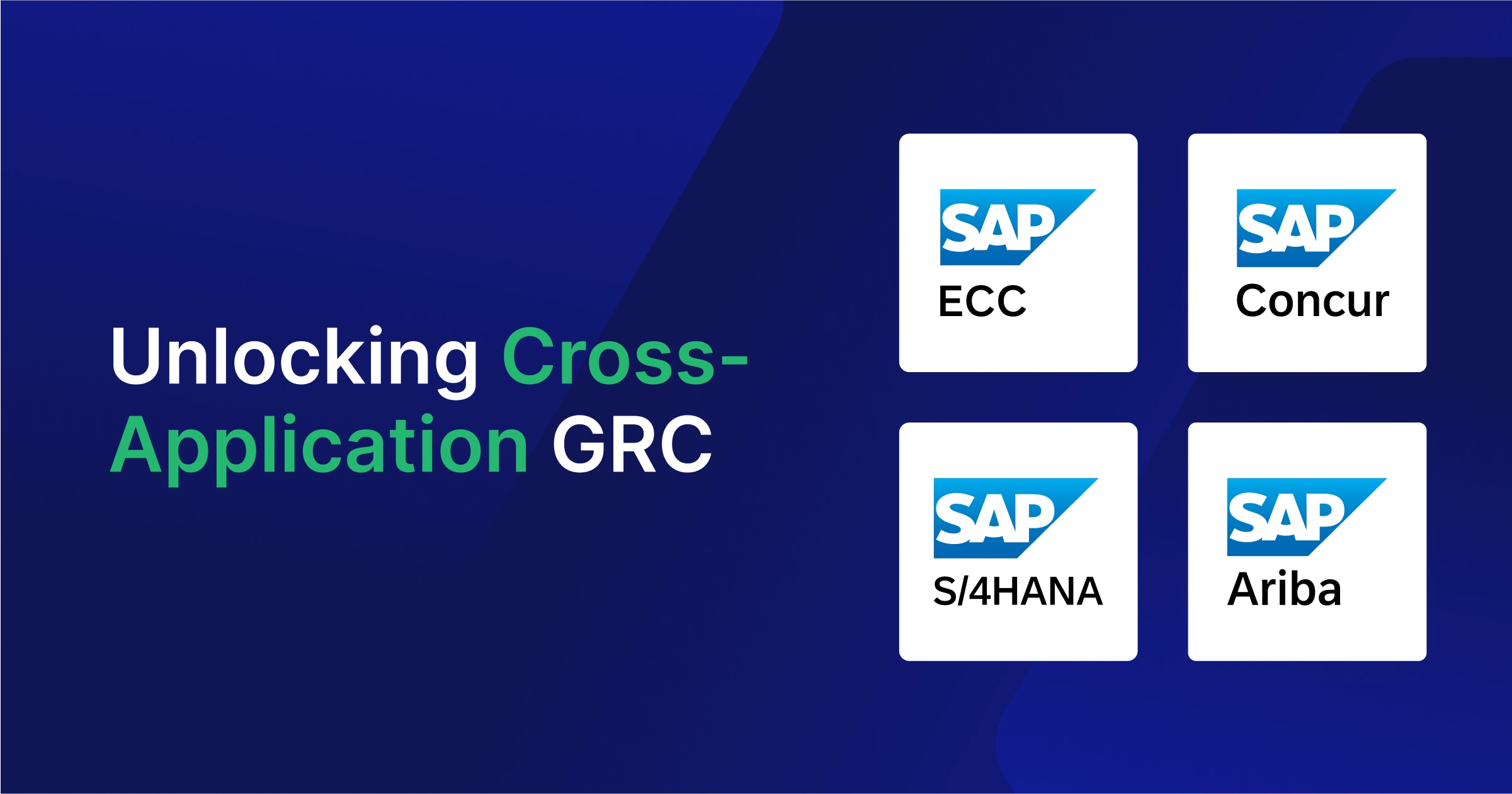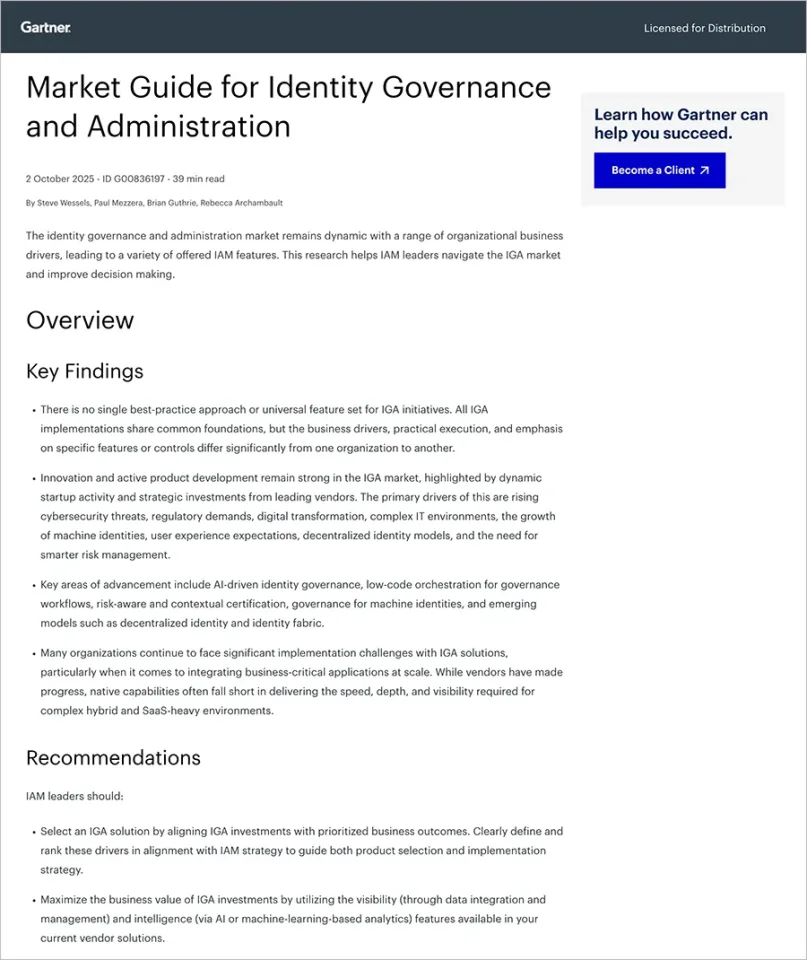Oracle’s Governance, Risk, and Compliance (GRC) suite has been widely used across enterprises for several years. It has helped businesses streamline the identification of access control risks and alleviate the burden of manual control testing. However, Oracle has announced the end of support for Oracle GRC by May 2025. With the sunset date hardly a year away, Oracle GRC customers have to not only consider a replacement but also build and set into motion a robust implementation plan for a smooth transition.
What Does Oracle GRC End of Life Mean for You?
Oracle GRC is currently on “sustaining support,” which includes only fixes to production-down issues (a.k.a. Severity 1). This means there will be no program updates, fixes, security alerts, or patch updates, exposing your business to multiple issues that include:
- Security Risks: An unsupported or legacy software like Oracle GRC will no longer receive security updates or patches, leaving the organization vulnerable to security breaches and cyber-attacks. As security threats evolve, outdated software becomes increasingly susceptible to exploitation.
- Compliance Issues: Regulatory requirements are constantly evolving, and an unsupported Oracle GRC solution will not be capable of keeping up with the latest compliance standards. This can result in non-compliance with industry regulations and expose your organization to legal and financial risks. Publicly traded companies subject to SOX and other risk regulations are particularly impacted by this as they are required to continue maintaining compliance without breaks.
- Lack of Support and Maintenance: Unsupported software typically does not receive technical support or maintenance from the vendor. This means that if issues arise in your Oracle GRC solution or the software malfunctions, you may struggle to resolve them effectively, leading to downtime and potential disruptions to business operations.
- Limited Functionality: Oracle GRC lacks the advanced features and functionalities of modern solutions. This can hinder your organization’s ability to effectively manage governance, risk, and compliance processes, leading to inefficiencies and gaps in risk management practices.
- Integration Challenges: A legacy solution like Oracle GRC may have limited integration capabilities with other systems and applications used within the organization. This can make it difficult to streamline processes, share data across departments, and achieve a holistic view of governance, risk, and compliance activities.
What Are Your Next Steps for Preparing for Oracle GRC End of Life?
The discontinuation of support for an essential risk compliance product like Oracle GRC, coupled with adopting a new solution, significantly impacts the entire enterprise, including IT, business, and audit teams. Altering how regulatory compliance controls are performed, documented, and evaluated changes the IT and business processes on a daily basis and affects the audit team’s method of gathering evidence during audit periods.
Creating a realistic approach to transitioning involves building a roadmap that works backward from when you will need your solution implemented. Knowing that the current sustained support is ending in May 2025, and with vendor selection and implementation projects requiring multiple months, beginning your planning and search now will help ensure enough time for a smooth transition to your newly selected tool and processes.
Leveraging Oracle GRC End-of-Life for Unified Identity and Access Governance
New GRC Vendor Assessment: Here’s What You Should Be Looking For
When assessing vendors for a Governance, Risk, and Compliance (GRC) solution, several key factors should be considered to ensure that the chosen solution aligns with the organization’s needs and objectives. Here are some essential factors to consider during the vendor assessment process:
- Functionality and Features: Evaluate the GRC solution’s functionality and features to ensure that it meets the organization’s specific governance, risk management, and compliance requirements. Consider factors such as risk assessment capabilities, compliance management tools, reporting and analytics features, and integration capabilities with other systems.
- Scalability: Assess whether the GRC solution can scale effectively to accommodate the organization’s current and future needs as it grows and evolves. Consider factors such as the solution’s ability to handle increasing volumes of data, support additional users and stakeholders, and adapt to changes in business processes.
- Ease of Use and User Experience: Consider the usability and user experience of the GRC solution, as this can impact user adoption and productivity. Evaluate factors such as the intuitiveness of the user interface, ease of navigation, and availability of training and support resources to help users effectively utilize the solution.
- Customization and Flexibility: Determine whether the GRC solution can be customized and configured to meet the organization’s unique requirements and workflows. Assess the solution’s flexibility in terms of adapting to changes in business processes, regulations, and industry standards.
- Integration Capabilities: Evaluate the GRC solution’s integration capabilities with other systems and applications used within the organization, such as ERP systems, CRM systems, and security tools. Determine whether the solution can seamlessly exchange data and share information with other systems to streamline processes and improve efficiency.
- Security and Compliance: Assess the GRC solution’s security features and compliance capabilities to ensure that they meet the organization’s requirements for data protection, privacy, and regulatory compliance. Consider factors such as data encryption, access controls, audit trails, and support for industry-specific regulations and standards.
- Vendor Reputation and Support: Research the vendor’s reputation in the market and assess their track record of delivering high-quality GRC solutions and providing excellent customer support. Consider factors such as vendor experience, financial stability, customer references, and ongoing support and maintenance services availability.
- Total Cost of Ownership (TCO): Evaluate the total cost of ownership of the GRC solution, including upfront costs, ongoing licensing fees, implementation costs, training expenses, and any additional costs associated with maintenance and support. Consider the long-term ROI of the solution in relation to its benefits and value to the organization.
How Can Pathlock Help?
The transition to a new GRC solution offers the opportunity to substantially improve current processes, resulting in greater compliance, reduced risk exposure, and considerable savings in time, cost, and effort for the organization. The Pathlock Cloud Platform is a modern, unified identity governance and access security risk management platform that seamlessly replaces Oracle GRC.
Pathlock Cloud is designed for robust security and simplifies compliance, continuously monitoring user activity, detecting access risks, and enabling provisioning and certifications while enforcing controls across all applications. Here’s how Pathlock Cloud can help Oracle EBS, Fusion, and PeopleSoft customers upgrade their security and compliance:
Comprehensive Access Management:
Pathlock centralizes user access management across leading enterprise applications, providing holistic, cross-application oversight and control.
Real-time Monitoring and Validation:
By continuously monitoring user access, user activity, data access, and transactions, Pathlock ensures proactive risk mitigation and compliance adherence.
Streamlined User Access Reviews:
Pathlock automates periodic validation of user access entitlements across Oracle and other line-of-business applications, ensuring alignment with current roles and responsibilities while flagging cross-app access risks.
Elevated User Access Management:
Pathlock automatically monitors, manages, and terminates temporary elevated sensitive user access, mitigating the risk of unauthorized activities.
Seamless Integration and Scalability:
With connectivity to multiple leading business applications, Pathlock ensures rapid deployment and scalability, enabling enterprises to effortlessly adapt to evolving technology landscapes.
Standardizing Access Governance:
Pathlock offers a flexible and extensible platform for standardized access governance across enterprise applications, encompassing access analysis, compliant provisioning, user access reviews, and elevated user access management.
Assuring Compliance:
Pathlock’s solutions provide a complete audit trail of access governance processes, from risk detection to remediation, ensuring compliance with regulatory requirements and organizational standards.
Don’t Let Oracle GRC End of Life Disrupt You: Plan Your Transition Now
As your business grows and becomes more complex, you will need a GRC solution to detect and prevent risks within and across your critical business applications, regardless of how processes change or where they occur. The Oracle GRC end of life offers an opportunity to transition to a unified solution, manage multi- and cross-application risks, and future-proof your investment.
Get in touch with us to discuss your GRC needs and learn how Pathlock Cloud can help ease your transition from Oracle GRC.



